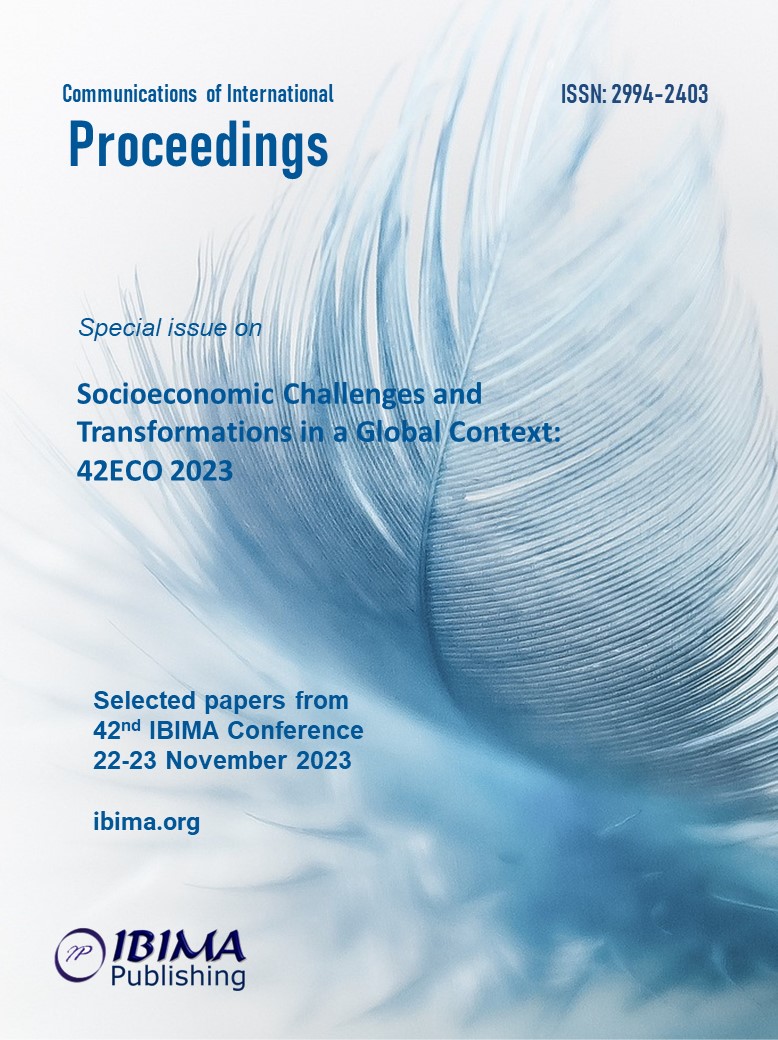
Yevhenii ALIMPIIEV
University of Lodz,, Poland

The possibilities of monetary and fiscal regulation are actively used today to create conditions for establishing the desired macroeconomic proportions or macroeconomic equilibrium. To obtain feedback on the effectiveness of monetary and fiscal interaction, as well as on deviations in the macroeconomic environment, it would be advisable to use aggregated macroeconomic indicators presented in the literature – Balanced Development Index (BDI) or General Macroeconomic Equilibrium indicator (GME). The choice for further improvement of the GME calculation methodology is due to the high level of aggregation of macroeconomic data. This opens up wide opportunities for unification of calculations and subsequent use of GME for comparative analysis of the economies of different countries. Also, the advantage of the GME indicator is the comparability of the obtained estimates also for long-term data. For this purpose, the statistical method of least squares was applied to fill incomplete time series of the non-accelerating inflation rate of unemployment (NAIRU) indicator using LTUR – a widely published statistical indicator of the labor market. As a result of the work done, we come to the conclusion that the transition to using a variable indicator of natural unemployment, based on widely available data on LTUR, is a reasonable and necessary improvement in the methodology for calculating the GME indicator. Testing the replacement of the unemployment indicator on data from 5 economies of Eastern Europe gave good results, which allows further use of the proposed improvement in studying the results of fiscal and monetary regulation.